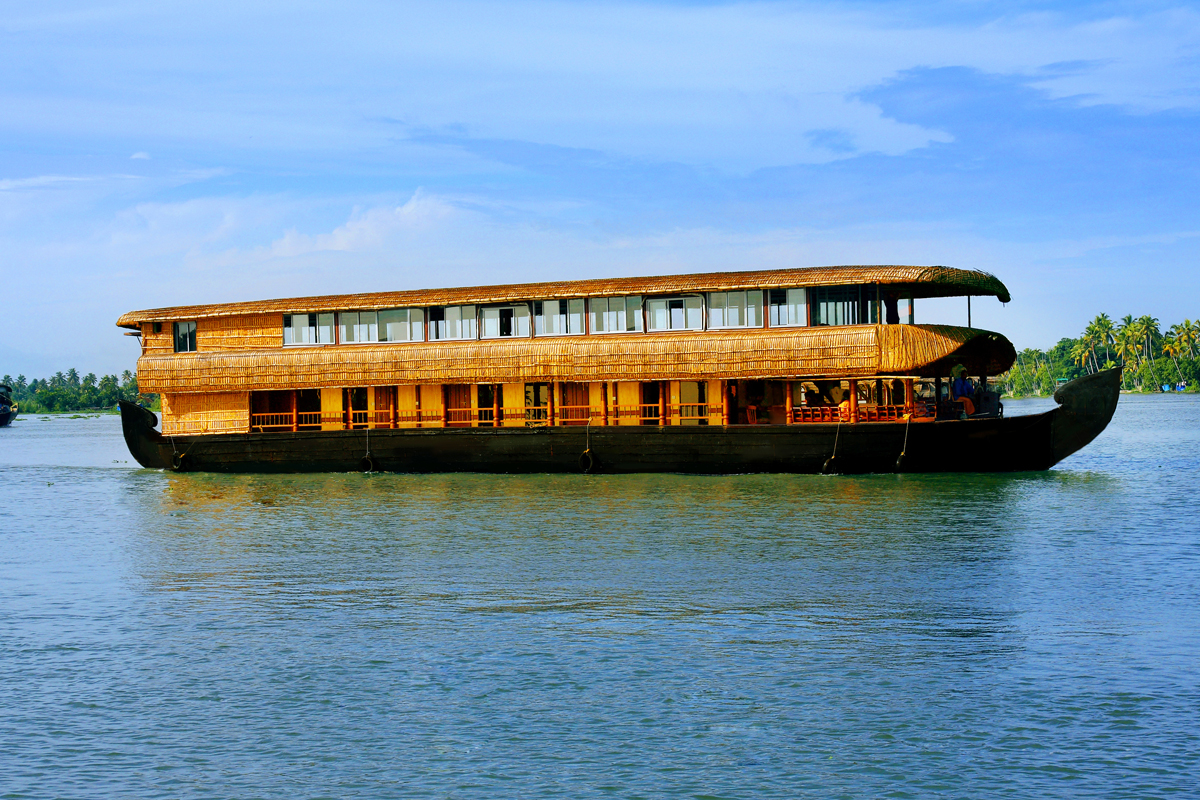Tamilnadu Pilgrim Tour Package in Mahabalipuram
Tamilnadu Pilgrim Tour Package in Mahabalipuram
The Shore Temple (built in 700-728 AD) is so named because it overlooks the shore of the Bay of Bengal. It is a structural temple, built with blocks of granite, dating from the 8th century AD. It was built on a promontory sticking out into the Bay of Bengal at Mahabalipuram, a village south of Chennai in the state of Tamil Nadu in India. The village was a busy port during the 7th and 8th century reign of the Pallava dynasty during the reign of Narasimhavarman II.[1]
As one of the Group of Monuments at Mahabalipuram, it has been classified as a UNESCO World Heritage Site.[2] It is one of the oldest structural (versus rock-cut) stone temples of South India
The Shore Temple is a five-storeyed structural Hindu temple rather than rock-cut as are the other monuments at the site. It is the earliest important structural temple in Southern India. Its pyramidal structure is 60 ft high and sits on a 50 ft square platform. There is a small temple in front which was the original porch.[3][4] It is made out of finely cut local granite.[5] The shore temple is also one of the most popular temples. Recent excavations have revealed new structures here under the sand.[4][6]
Shrines
The temple is a combination of three shrines. The main shrine is dedicated to Shiva as is the smaller second shrine. A small third shrine, between the two, is dedicated to a reclining Vishnu and may have had water channeled into the temple, entering the Vishnu shrine. The two Shiva shrines are orthogonal in configuration. The entrance is through a transverse barrel vault gopuram. The two shikharas have a pyramidal outline, each individual tier is distinct with overhanging eaves that cast dark shadows.[1] The outer wall of the shrine to Vishnu and the inner side of the boundary wall are extensively sculptured and topped by large sculptures of Nandi.[3] The temple’s outer walls are divided by plasters into bays, the lower part being carved into a series of rearing lions.[7]







